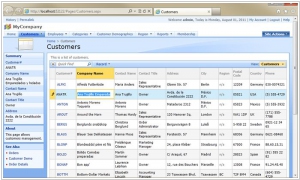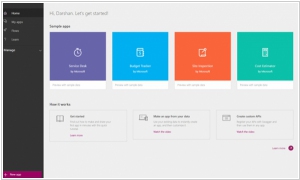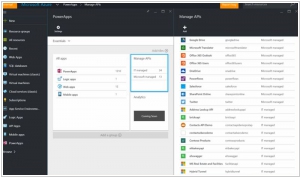Caspio vs Microsoft PowerApps
June 04, 2023 | Author: Michael Stromann
14

Caspio is the all-inclusive online database platform designed for business users to create sophisticated web forms, reports and complete web and mobile applications fast and without coding. Create online database applications fast, easy and without coding. Caspio online database software powers over 500000 cloud database apps.
Caspio and Microsoft PowerApps are both low-code development platforms that enable users to build custom business applications without extensive coding knowledge, but they differ in terms of their features, integrations, and target audience. Caspio is a cloud-based platform that offers a wide range of features for database management, application development, and deployment. It emphasizes ease of use and offers robust data security and compliance options. Caspio targets business users and citizen developers who want to create web-based applications quickly and easily. On the other hand, Microsoft PowerApps is part of the Microsoft Power Platform and integrates closely with other Microsoft products such as Office 365 and Dynamics 365. PowerApps provides a visual development environment for building custom mobile and web applications, and it offers extensive integrations with various data sources and services. Microsoft PowerApps is suitable for organizations that already use Microsoft tools and platforms and want to leverage their existing infrastructure and services.
See also: Top 10 Low-Code Platforms
See also: Top 10 Low-Code Platforms
Caspio vs Microsoft PowerApps in our news:
2016. Microsoft launched its no-coding app builder

Microsoft has introduced a new service called PowerApps, enabling individuals to create basic business apps without requiring any coding skills. These apps are compatible with both web and mobile platforms, including the PowerApps apps for iOS and Android. Developing apps in PowerApps primarily involves a drag-and-drop approach. While the service provides an online dashboard, the actual design work is performed using a Windows 10 desktop app. Additionally, PowerApps offers several pre-designed templates for common use cases. Although building new apps from scratch is generally straightforward, it may not be as effortless as portrayed in Microsoft's marketing materials.



